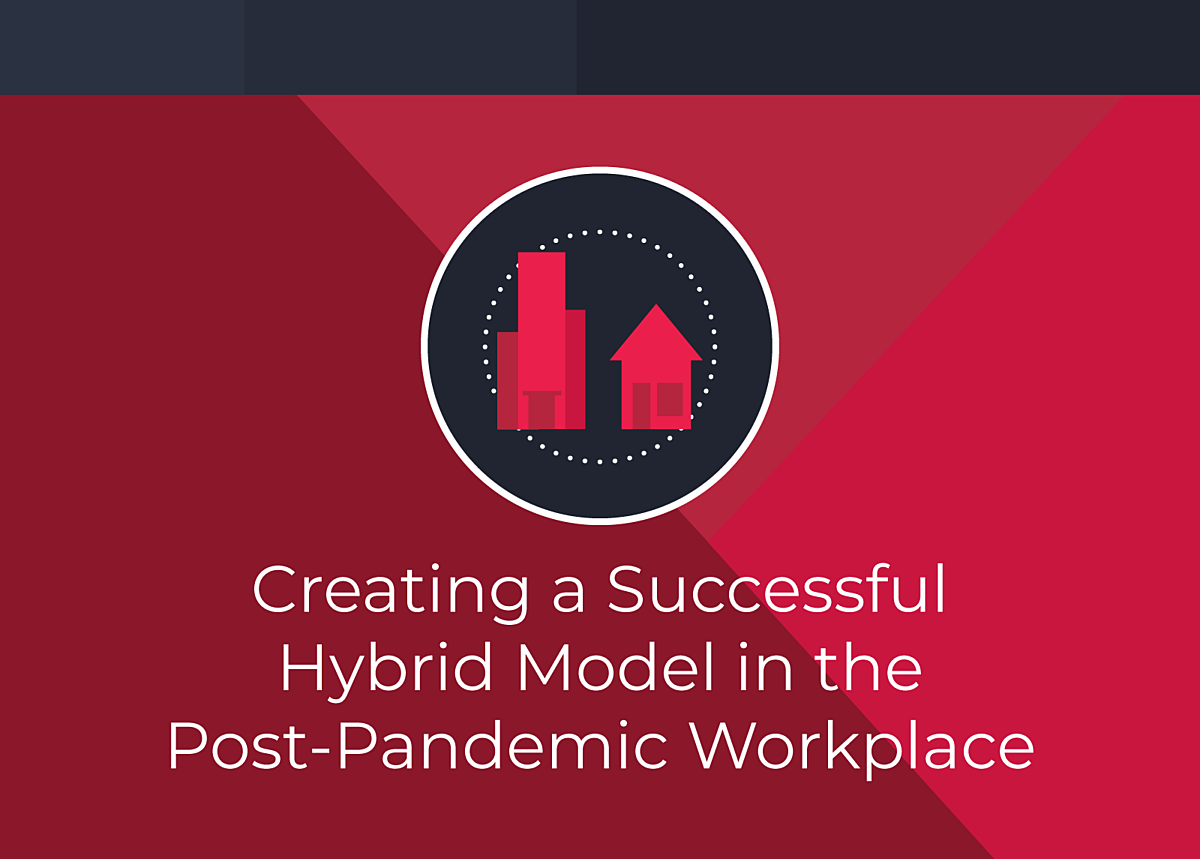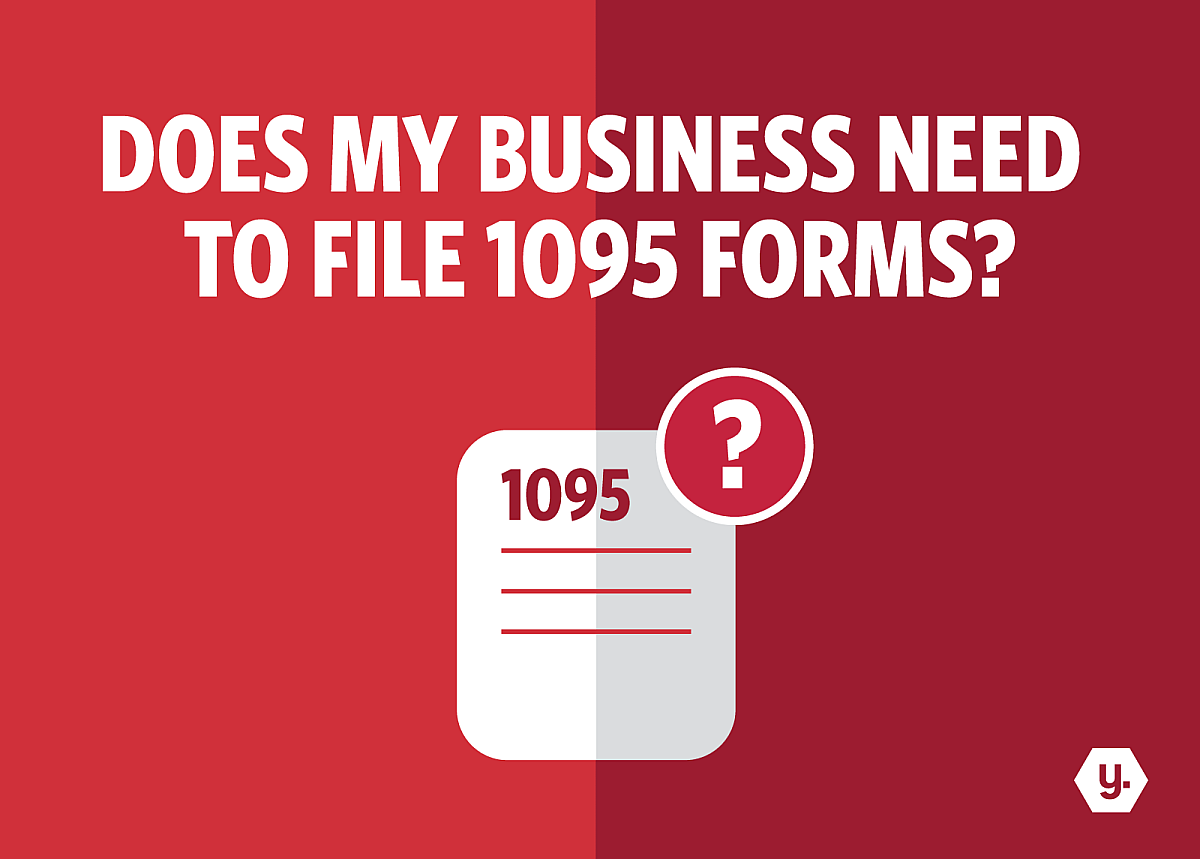
Creating a Successful Hybrid Model in the Post-Pandemic Workplace
A monumental shift is underway in today’s workforce as many businesses are planning to combine remote and on-site work in a post-pandemic workplace. And while COVID-19 forced most employers to swiftly go remote, the challenge now is how to successfully adopt a more permanent hybrid model going forward.
“While there are many difficulties surrounding a move to a hybrid work arrangement, most workers want the flexibility to choose what’s right for them,” said Amy Lui Abel, vice president, Human Capital Research at The Conference Board, a member-driven think tank, in a press statement. “For companies, the challenge in getting this right will entail policies that are inclusive, technologies that can support the movement of workers, and leaders that can guide and manage a different workforce model.”
According to a recent McKinsey survey of executives across industries and geographies, 9-out-of-10 said that, post-pandemic, their organizations will be combining remote and on-site working.
Further supporting this point, Microsoft’s 2021 Work Trend Index indicated that more than 70 percent of workers want flexible remote work options to continue, while more than 65 percent said they are craving more in-person time with their teams. To prepare, 66 percent of business decision makers are considering redesigning physical spaces to better accommodate hybrid work environments.
The findings are clear: A hybrid model is here to stay for a majority of businesses.
This likely comes as no surprise, especially when you consider the benefits that a hybrid model can offer both employers and their employees. Studies have shown that the benefits include:
- Increased productivity;
- A larger talent pool with no geographical borders;
- A reduction in the cost of rent, office supplies, and other business expenses;
- Lower commuting costs for employees;
- Potential for a greater work/life balance for employees; and
- Helps keep employees safe during the pandemic.
Unfortunately, it seems many businesses have yet to develop a detailed plan for hybrid work even though many envision a hybrid model for the future. According to research by McKinsey, 68 percent of organizations indicated they have no detailed plan communicated or in place for hybrid work. As a result, employees can be left feeling anxious and disconnected.
“Organizations may have announced a general intent to embrace hybrid virtual work going forward, but too few of them, employees say, have shared detailed guidelines, policies, expectations, and approaches. And the lack of remote-relevant specifics is leaving employees anxious,” the McKinsey report stated. McKinsey research found that 40 percent of employees surveyed said they’ve yet to hear about any vision from their organizations, and another 28 percent said that what they’ve heard remains vague.
Is your business among them? If so, the time to act is now. Let’s take a closer look at what businesses should consider to help ensure a successful hybrid work model.
Find the Optimal Balance
It is important for employers to determine the optimal balance of work days at home versus in the office for their business. While opinions will vary, a PwC survey found that more than half of employees (55 percent) would prefer to be remote at least three days a week once pandemic concerns recede. Meanwhile, 68 percent of executives surveyed said a typical employee should be in the office at least three days a week.
Keep in mind that employees with the least amount of professional experience (less than five years) may be more likely to want to be in the office more often. Why? Compared with their more experienced co-workers, less experienced staff may place more value on in-person meetings with managers and company training programs.
Redesign the Office
As noted earlier, one of the major benefits of a hybrid model is a reduction in business expenses, which includes the downsizing of costly office space. Therefore, it is important for businesses to reimagine and redesign the office to reap the benefits.
According to boutique recruitment agency Spencer James Group, consider the following questions when redesigning the office:
- How many people do you need to accommodate every day? Are there ways to reduce that, say with staggered shifts?
- How many people might you need to accommodate (for instance, when someone comes in to work for the day)?
- Do you have no-longer-needed gathering space (lunch or break rooms, etc.) that could be redesigned for working instead to help with distancing?
- What kind of meeting spaces will you need to accommodate onsite and/or remote employees for meetings, collaborative sessions, etc.? (Hint: the more versatile the space, the more valuable it will be.)
Have the Right Technologies in Place
To go hybrid, it is critical that businesses have in place the right technologies, which includes cloud-based solutions with robust integration capabilities.
By leveraging cloud-based applications, businesses can gain greater efficiencies, drive automation, and enable better collaboration among staff — regardless of whether they are in the office or working remote.
Noted Spencer James Group in a blog post, “Technology that supports hybrid working includes multiple types of software tools, but you’ll need the right equipment to facilitate use of those tools. Think in terms of video conferencing, interactive whiteboards, and simple tools such as the Meeting Owl, a device that sits on a conference table and pivots 360 [degrees] to face the person who is speaking, so remote meeting participants can always see each other.”
The need for new investments in technology is not going unnoticed. According to PwC research, U.S. executives are looking to support hybrid models with planned increased investments in:
- Tools for virtual collaboration (72 percent);
- IT infrastructure to secure virtual connectivity (70 percent);
- Training for managers to manage a more virtual workforce (64 percent); and
- Conference rooms with enhanced virtual connectivity (57 percent).
Ensure Tax Compliance
When implementing a hybrid model, it is important for businesses to keep in mind that it can create new tax-related challenges, especially in light of evolving state-specific filing obligations.
As noted in a recent report by Deloitte, “Because hybrid employees work from multiple locations, they require the same up-front work as remote employees. Similar to the remote employee, it’s important to ensure you have a tax presence in all the different locations where you anticipate they will work. But there’s more work to be done. While fully remote employees are relatively stationary once established, many hybrid employees are frequently on the move. That makes tracking them for tax purposes a continuous process.”
According to Moss Adams, tax considerations can include, but are not limited to:
- Employee multi-state filings. Out-of-state employees may need to file personal income tax returns in multiple states.
- Home-office programs. Employers that subsidize employees’ home-office equipment may need to pay personal property taxes in various states and counties.
In addition, a handful of states — Washington D.C., New Jersey, California, Vermont and Massachusetts — have implemented individual health coverage mandate laws and some additional states are considering a similar move, adding yet another layer of complexity in state filing requirements. Employers with an employee in one of the states with a mandate must comply with new state filing requirements or, in some cases, risk a penalty.
To keep pace with regulatory changes and ensure state filing compliance, businesses should consider leveraging an all-inclusive W-2, 1099 and 1095 filing program. Greatland, for instance, maintains close working relationships with government agencies and its Yearli platform will help businesses identify and remain compliant with state-specific requirements.
Communicate, Communicate
As businesses embrace a hybrid model, it is essential to communicate the vision with employees. This is important as, according to McKinsey research, nearly half of employees said lack of a clear vision or plan for post-pandemic work is causing them concern or anxiety. Anxiety can hamper work productivity, reduce job satisfaction, and negatively impact interpersonal relationships with colleagues.
Lack of communication also contributes to employee burnout. In fact, those who reported feeling anxious due to a lack of organizational communication were almost three times more likely to report feeling burned out, according to McKinsey.
As stated by McKinsey, “The obvious recommendation for organizational leaders: share more with employees, even if you’re uncertain about the future, to help improve employee well-being now.”
Latest News
-
 November 25, 2025
November 25, 2025New Alternative Furnishing Method for Forms 1095-B and 1095-C Comes with Complexities
The IRS has updated the Affordable Care Act (ACA) reporting process for Forms 1095-B and 1095-C. These changes aim to reduce administrative costs and simplify reporting, but they also create new compliance challenges for employers and health insurance providers.Read More -
 October 8, 2025
October 8, 2025Your Business Guide to 1099 Filing in 2025: Deadlines and Compliance Tips with Yearli
Businesses must prepare for 2025 IRS 1099 filing by understanding key deadlines for Forms 1099-NEC and 1099-MISC and leveraging e-filing tools like Yearli to stay compliant. This guide outlines important dates, recent IRS updates, and practical tips to avoid penalties and streamline the filing process.Read More -
December 30, 2024
Understanding Form 1099-DA: A Comprehensive Guide to Filing for Digital Asset Transactions
As the use of digital assets like cryptocurrencies and non-fungible tokens (NFTs) continues to grow, so does the need for clear tax reporting guidelines. To address this, the IRS has introduced Form 1099-DA, which will be required starting in 2025.Read More
